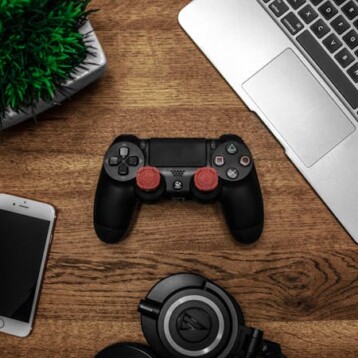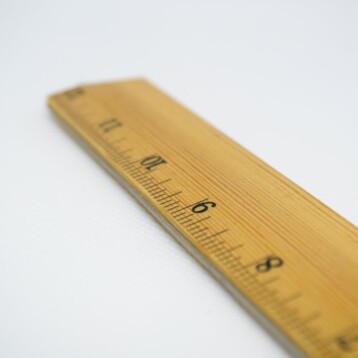The Taiwanese manufacturer Optoma recently introduced a new pocket projector called PK-101. The tiny device, no larger than an iPhone, can project an image up to 60 inches in size from a distance of about two meters and could be used to project still images, videos, and presentations. TFOT recently had a chance to spend some time with the new projector which is also one of the first commercial pocket projectors currently available on the market.
 |
| Adam Dent from Optoma holding the PK-101 |
|
On Tuesday, November 25, the TFOT team was invited to take part in a launch of some of Optoma’s new projectors. The well orchestrated event organized by the Israeli company SG (Optoma importer in Israel) included unveiling some of the company’s most recent business and home cinema projectors but the main event, as far as we were concerned, was the unveiling of the Optoma PK-101 PICO pocket projector. The tiny device, weighing only 115 grams (4 ounces) and measuring 100x50x15mm (4x2x0.6 inches), was demonstrated by Optoma’s mid-east regional manger Adam Dent.
The PICO pocket projector uses DLP technology; DLP projectors use a special optical semiconductor called a Digital Micro-mirror Device (DMD), which was invented in 1987 by Texas Instruments. It is a precise light switch that enables light to be modulated digitally via millions of microscopic mirrors. The mirrors are capable of switching on and off thousands of times per second and are used to create a picture comprised of millions of pixels. With the PK-101 Optoma was able to miniaturize the entire projecting system to a tiny size while still keeping a (fairly) reasonable brightness.
The unit has a declared contrast of 1:000 and the LED lamp it uses is said to last up to 20,000 hours; conventional high-end projector lamps typically last only about 3000-5000 hours before they need to be replaced. The LED lamp is rated at about 9 ANSI lumens, a ridiculously low number compared to some of the company’s full size projectors, which can reach up to 5000 ANSI lumens. We shall get to the actual performance of the projector in a moment but it’s also worth noting that unlike conventional projectors the PICO is completely passive with no moving parts; in fact, during the day the pocket projector fell on the carpet floor several times with no apparent damage.
 |
| Optoma PK-101 – extremely small and sleek |
|
The pocket projector boosts an internal battery, which lasts a decent two hours according to Optoma. The battery recharges using a USB cable which is the only connection the projector has, apart from the 1/8-inch minijack used for projecting from a mobile device or digital camera. The commercial product will include a composite audio/video cable for projecting from a TV or composite-equipped PC. In the hands of Adam Dent the pocket projector was connected to an iPod nano using (a slightly cumbersome) composite connection which was used to project several videos as well as jpeg images which “simulated” a PowerPoint presentation. After the event we asked Adam about the composite connection for the iPod and apparently Optoma already has a much smaller and more elegant connection that will help keep things much simpler.
In a darkened room the Optoma projector was able to display a fairly bright 50-60 inch picture. This is by no means something you would want to use for your high-end home cinema system, but for the occasional outdoor family trip or for the road warrior who lives and breathes presentations, the PICO projector could very well be a useful little device. Optoma is also unsure what sort of applications the new projector might eventually find. Adam mentioned several possible uses for the PK-101, including as an in-car projector, or as a portable projector for gaming (SG actually showcased a Sony PlayStation 3 connected to the PK-101). Another possible use mentioned by Adam was watching movies during flights, although it would probably be more sensible for the airline companies themselves to integrate the tiny projectors to replace the small LCD screens currently in use in many airliners. Adam concluded by saying: “In terms of the uses that users will find for the PICO, we are confident that users will not need much prompting to use the PICO in a wide range of settings. We have delivered a flexible product that is capable of delivering high quality output in most environments. With the flexible connectivity, it will interface with an extremely wide range of devices.”
 |
| PK-101 PK-101 composite connection |
|
The PK-101 PICO projector minimum (usable) projecting distance is about half a meter (1.5 feet) and much beyond two meters (6.5 feet) will result in a very dim image, even in a darkened environment. This leaves the PICO as a usable device for relatively short distances – good for projecting content to a small number of people located up to a few meters from the projected image, in a darkened room.
The PK-101 has only one bottom with three positions – full brightness, off, and reduced brightness, which is used to reserve battery life (it should add about 20% more to the battery life). The device itself is true plug and play with no menus or configurations of any sort.
One of the less appealing aspects of the PK-101 is its low resolution. At 480 x 320 (half VGA) the projector is perfectly O.K. for watching standard resolution videos but it might not be as good for reading small text and might prove to cause problems when trying to connect the unit to a laptop, something we intend to test in our upcoming full review of the PK-101.
The street price for the PK-101 is currently just under $400.
In September TFOT covered Aiptek’s pocket projector, which also uses a LED lamp but boosts a higher 640×480 resolution and recently started selling in Australia. TFOT also covered one of the first prototype pocket projectors ever unveiled, developed by the Israeli company Explay in 2007, which uses a combination of laser and LED technology.












